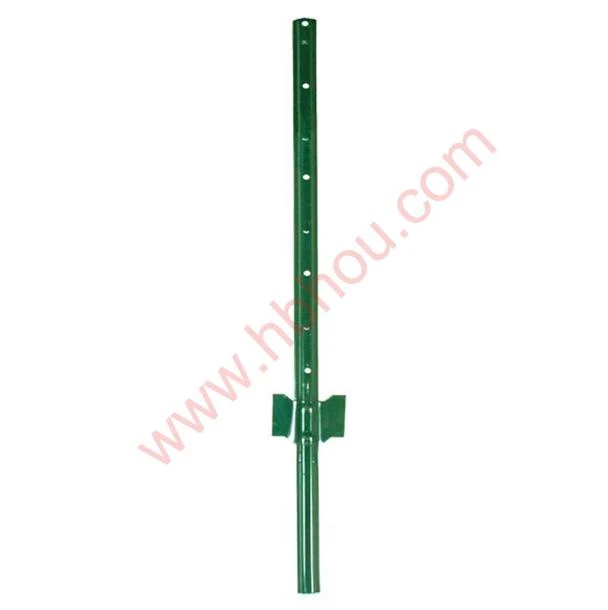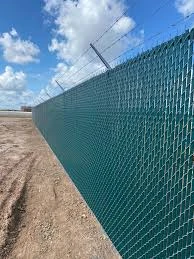

Flexibility and adaptation are key elements of successful deer fencing on uneven grounds. Monitor the fence line regularly, particularly after changing weather conditions which may affect the slope’s stability and, consequently, the fence’s integrity. Any detected shifts or weaknesses should be addressed promptly to deter deer from exploiting potential breaches. Moreover, the fence height is an essential consideration. To effectively deter deer, a fence height of eight feet is recommended. With slopes, some sections may demand additional height to account for the change in elevation and ensure uniform protection throughout. Incorporating a double-line fence can enhance deterrence. The perception of depth can confuse or frighten deer, thus reducing breach attempts. Installing a second, lower fence a few feet from the primary one can be particularly effective. Engaging with local experts in fencing or landscape architecture can provide additional insights and techniques specific to your area’s topography and climate. Such partnerships can leverage local knowledge and experience, contributing to the fence’s success. Trust stems from attention to detail and a commitment to quality and reliability. By investing time in planning and employing robust construction techniques, a deer fence on a slope can protect your property effectively, withstanding both the test of time and nature. Trust in professional advice, combined with your efforts, is crucial to building a fence that not only meets functional needs but also exemplifies best practices in slope fencing.
Prev:
Next:
















